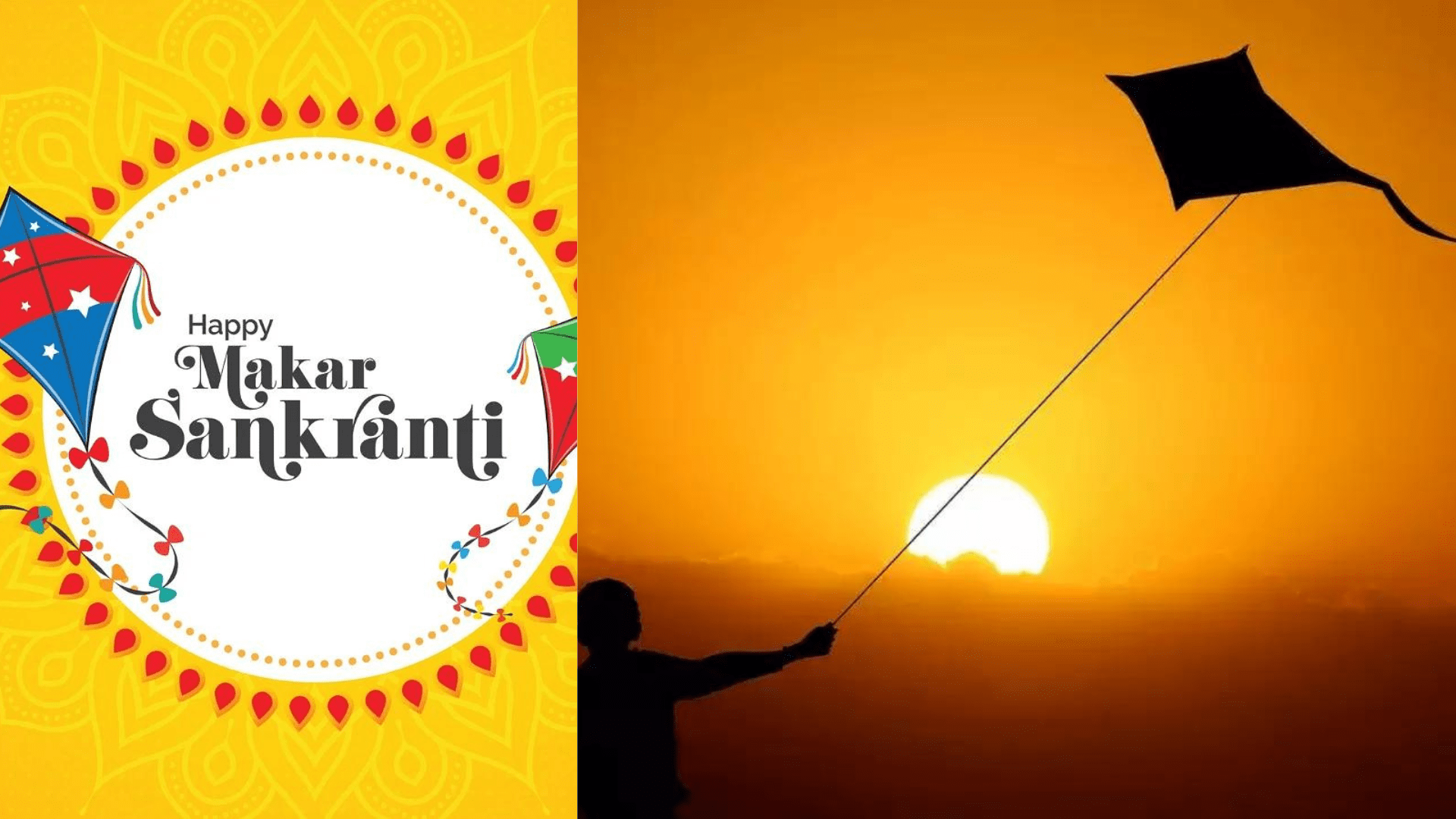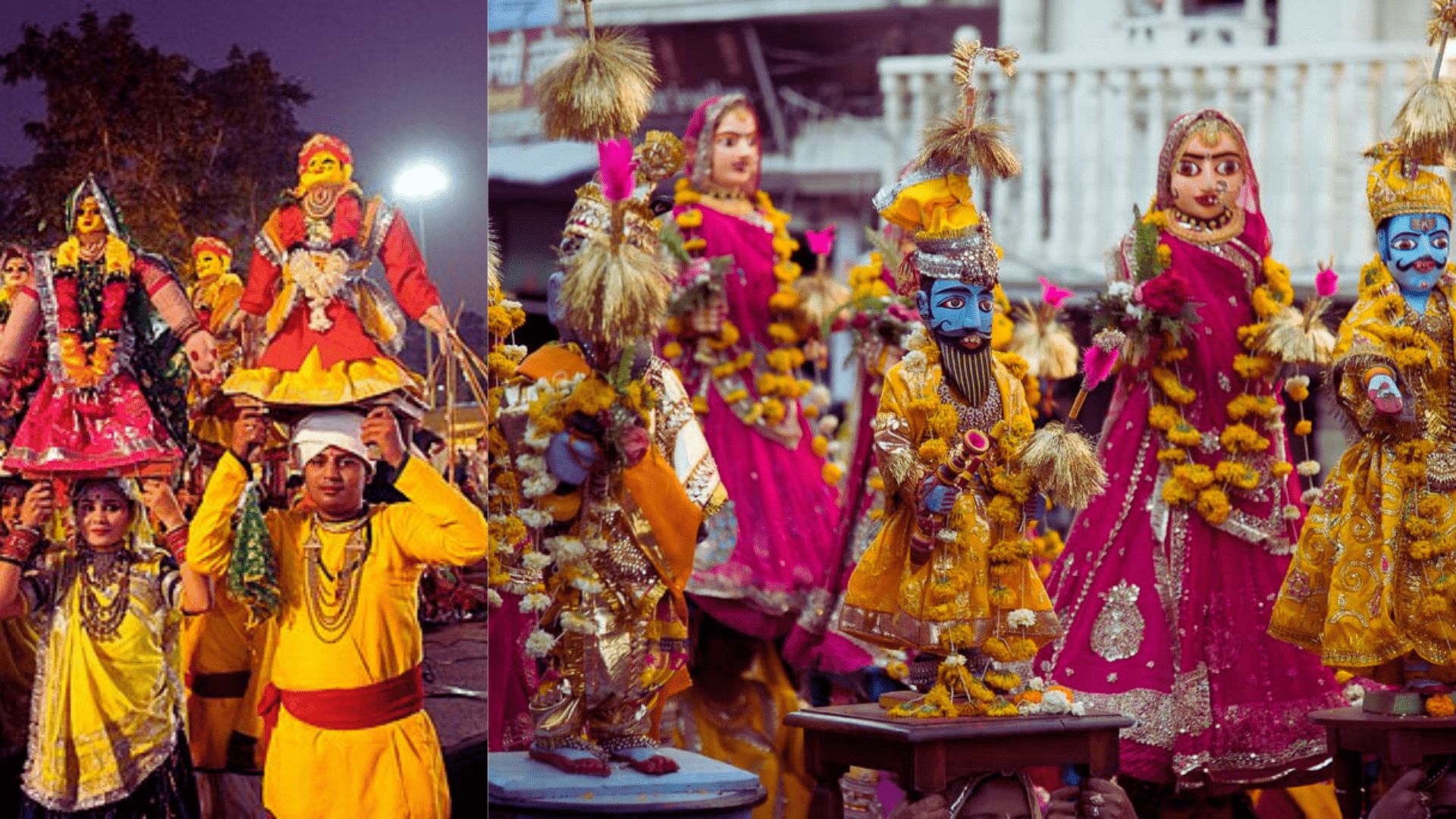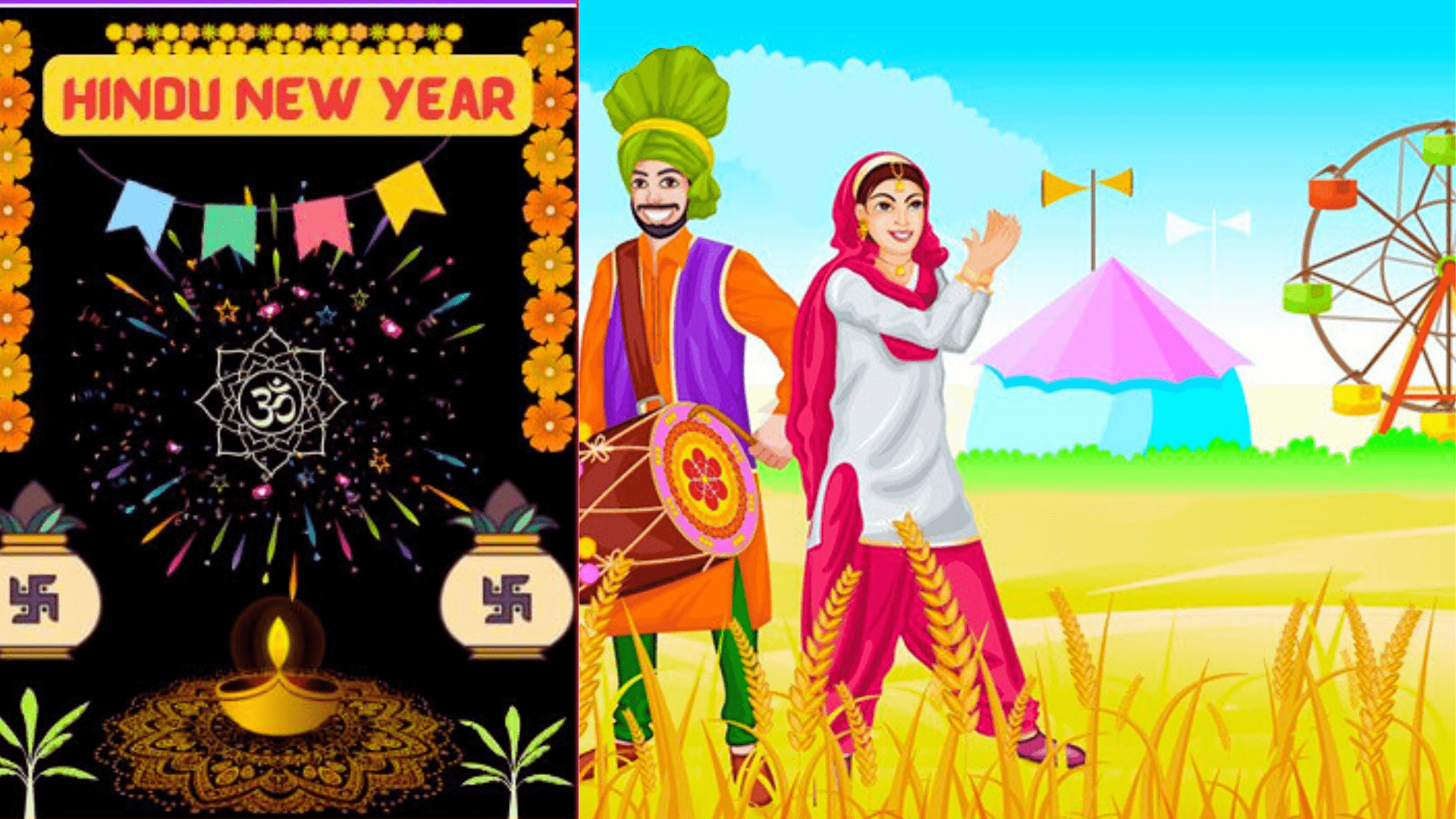Introduction
Makar Sankranti, often referred to as the festival of harvest, marks the transition of the sun into the Capricorn zodiac, known as Makar Rashi in Vedic astrology. Celebrated in mid-January, this festival carries profound cultural and religious importance.
Historical Background

Makar Sankranti, celebrated on January 14, 2024, holds historical significance deeply rooted in Hindu mythology. According to Hindu scriptures, the festival commemorates the victory of Lord Vishnu over the demon Sankarasur, symbolizing the triumph of good over evil. On this auspicious day, Lord Vishnu is believed to have severed the heads of demons, bringing salvation to those who perish in battle.
Origin of Makar Sankranti
Makar Sankranti has ancient roots and is deeply associated with Hindu tradition. The festival marks the transition of the sun into the zodiac sign of Capricorn (Makara), which is why it is named Makar Sankranti. Here are key aspects of its origin:
- Vedic Roots: The origin can be traced back to Vedic times, and the celebration is linked to the Vedic sage Vishvamitra. It is mentioned in the Mahabharata that the Pandavas observed Makar Sankranti, emphasizing its ancient lineage.
- Harvest Festival: Makar Sankranti is a harvest festival, and its significance extends beyond the celestial event. It is a time to consume freshly harvested food grains, which are offered to the Gods before being consumed.
- Astrological Significance: The festival holds astrological significance, known as ‘Maha-snana-yoga,’ representing the transition of the sun from the Southern to the Northern Hemisphere.
Cultural and Religious Roots of Makar Sankranti
Makar Sankranti has deep cultural and religious roots in Hindu tradition, marking the celestial transition of the sun into the zodiac sign of Capricorn. Its significance extends beyond the astronomical event, incorporating cultural, spiritual, and agricultural elements:
- Spiritual Practices: Makar Sankranti is regarded as important for spiritual practices. Devotees often take a holy dip in sacred rivers, especially Ganga, Yamuna, and Godavari, symbolizing purification and spiritual renewal.
- Harvest Festival: It is a harvest festival, symbolizing the commencement of the new harvest year. The festival holds agricultural importance, signifying the process of life and regeneration in the agricultural cycle.
- Sun Worship: Makar Sankranti honors and worships the Sun God (Surya). The festival marks the beginning of longer and warmer days, symbolizing new beginnings and the triumph of light over darkness.
- Cultural Unity: Celebrated with great enthusiasm across India, Makar Sankranti unites diverse communities. It is deeply tied to India’s culture and heritage, emphasizing cultural unity and communal joy.
Makar Sankranti Traditions
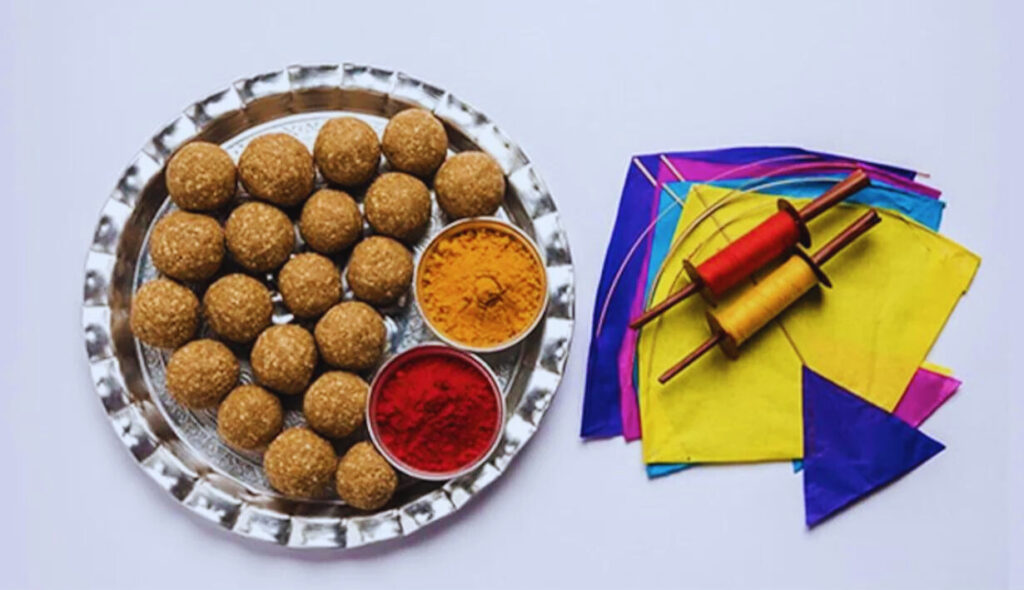
Makar Sankranti, celebrated on January 15, 2024, brings forth a myriad of cherished traditions.
- Kite Flying: A central tradition involves flying kites, symbolizing the joyous transition of the sun into Capricorn. People gather on rooftops, engaging in friendly kite battles, and the sky becomes a vibrant canvas of colorful kites.
- Traditional Foods: Makar Sankranti is incomplete without an array of festive foods. People prepare and share delicacies like sesame sweets, khichdi, and tilgul, emphasizing the use of freshly harvested crops.
- Rituals and Prayers: Devotees take holy dips in rivers, lakes, or ponds, offering prayers to the Sun God. This ritual signifies purification and spiritual rejuvenation.
- Decorations and Rangoli: Homes are adorned with colorful decorations and intricate rangoli patterns are created, adding a festive touch to the surroundings.
Rituals and Customs of Makar Sankranti
Makar Sankranti, celebrated on January 14, is marked by various rituals and customs across India, symbolizing thanksgiving and auspiciousness:
- Bathing Rituals: Devotees take a holy dip in sacred rivers, especially Ganga, Yamuna, and Godavari, during the early morning hours, signifying purification and spiritual renewal.
- Donations: A common practice involves donating food and money to the poor, emphasizing charity and goodwill towards others.
- Feasting: Families come together to feast on a variety of traditional foods, enjoying delightful and festive meals.
- Kite Flying: In many regions, flying kites is a cherished tradition during Makar Sankranti, symbolizing the transition into longer and warmer days.
- Sesame Seed and Jaggery Preparations: Traditional food customs include the preparation and distribution of sesame seed and jaggery laddoos, adding a sweet touch to the celebrations.
Regional Celebrations of Makar Sankranti
Makar Sankranti, celebrated in many parts of the Indian subcontinent, embraces diverse regional variations in its festivities:
- Sakraat in Rajasthan: Celebrated with fiery fervor, featuring sweet delicacies like ghevar.
- Bihu in Assam: The festival is known as Sankrat in Rajasthan, with Assam celebrating it as Bihu, marked by cultural performances and feasts.
- Pongal in Tamil Nadu: In Tamil Nadu, Makar Sankranti is celebrated as Pongal, featuring colorful rangolis, traditional dances, and festive feasts.
- Lohri in Punjab: In Punjab, the festival is known as Lohri, celebrated with bonfires, traditional dances, and the sharing of revri and gajak.
- Regional Flavors: While the essence of Makar Sankranti remains consistent, its celebration takes on various regional flavors, showcasing the cultural richness and diversity of India.
Astrological Significance
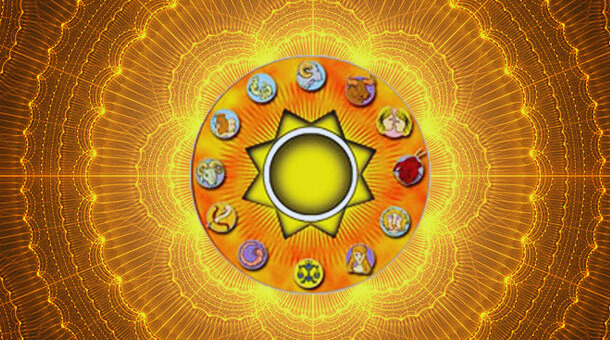
Makar Sankranti holds profound astrological significance as it marks the Sun’s transition into Capricorn, known as Makar Rashi in Vedic astrology. This celestial event, occurring on January 14, 2024, carries several astrological implications:
- Sun in Capricorn: Makar Sankranti witnesses the Sun entering the zodiac sign of Capricorn, the house of Saturn. This transition is considered auspicious as it symbolizes the Sun’s journey towards longer and warmer days.
- Saturn’s Influence: The astrological connection with Saturn, the son of Surya Dev (the Sun), adds a layer of significance. Saturn’s influence during Makar Sankranti is believed to have positive effects on each zodiac sign.
- New Beginnings: Makar Sankranti is not only a celebration of the Sun God but also a symbolic representation of new beginnings. As the Sun moves into Capricorn, it signifies the start of a new phase, bringing hope, positivity, and growth.
- Change in Sun’s Position: The festival’s importance lies in the shift in the Sun’s position, impacting the energies associated with each zodiac sign. This change is believed to bring harmony and balance to individuals’ lives.
Connection between Makar Sankranti and the Solar Calendar
Makar Sankranti holds a unique position among Hindu festivals as it is based on the solar calendar rather than the lunar calendar, making it a significant celestial event. The festival marks the sun’s journey from the Tropic of Cancer to the Tropic of Capricorn, a transition known as Uttarayana. This movement signifies the end of the winter solstice and the beginning of longer days.
The date of Makar Sankranti is determined by astronomical calculations, aligning with the sun’s entry into the zodiac sign of Capricorn (Makara). It usually falls on January 14th but can vary slightly based on celestial positions.
Makar Sankranti is not only a cultural and harvest festival but also symbolizes cosmic changes in Earth’s relationship with the sun. This solar-centric perspective distinguishes Makar Sankranti from other Hindu festivals, emphasizing its connection to the solar calendar and celestial phenomena.
Festival Foods Makar Sankranti
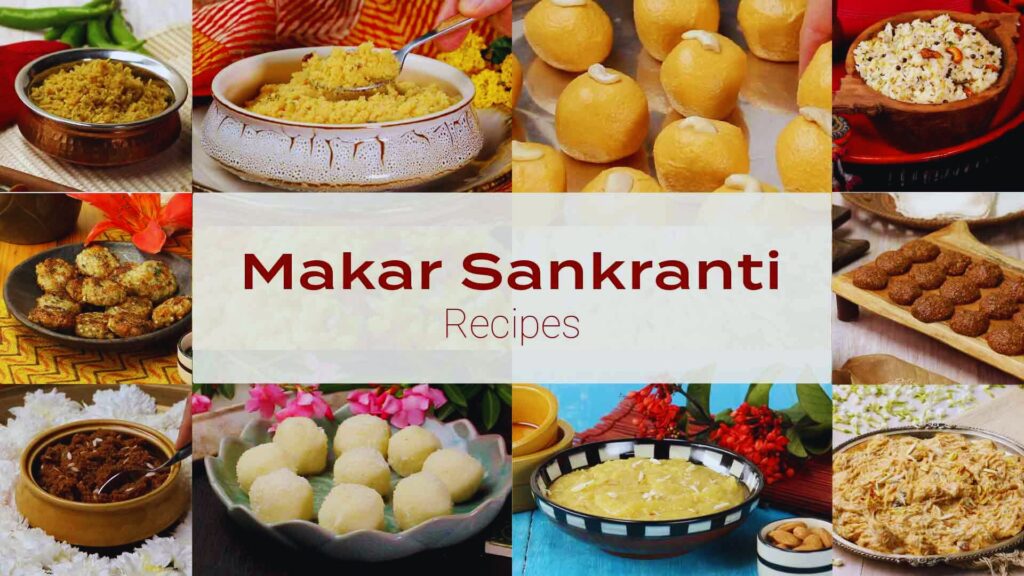
Makar Sankranti, a festival celebrated with fervor across India, brings with it a delectable array of traditional foods. Some popular dishes prepared during this festive occasion include:
- Sweetened Rice Dish: A sweet rice preparation mixed with various fruits is offered as a prasad to the Sun God, forming an integral part of the celebrations.
- Gajak: One of the most famous dishes of Makar Sankranti, Gajak, is made with jaggery and peanuts, which are commonly consumed in winter.
- Tilgul: A delicious treat made with sesame seeds and jaggery, reflecting the diversity of Indian culture during the festive day.
- Sesame Seeds and Jaggery Ladoo: A delightful sweet dish, these ladoos add a dash of flavor to the festivities, showcasing the richness of Makar Sankranti recipes.
- Undhiyu: A popular Gujarati dish featuring a mix of seasonal vegetables such as potato, brinjal, and green beans.
- Pongal: A South Indian dish made with newly harvested rice, lentils, and black pepper, cooked in ghee.
- Adrak Chai (Ginger Milk Tea): A warm beverage prepared with ginger and milk.
These dishes vary across regions, reflecting the diversity of Indian cuisine. Makar Sankranti is not only a time for festive celebrations but also an opportunity to enjoy these delightful culinary creations.
Kite Flying Tradition
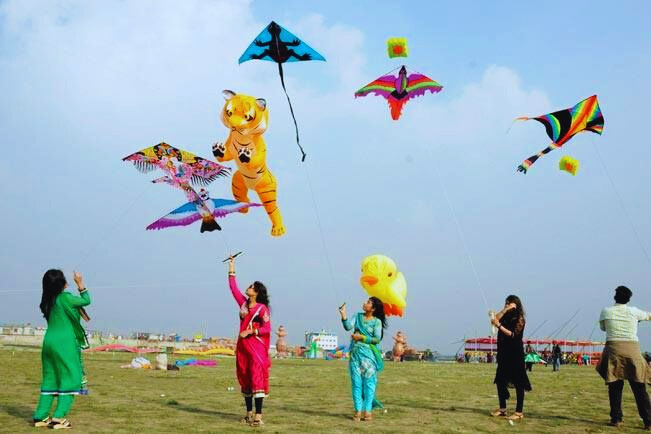
The tradition of kite flying during Makar Sankranti has ancient roots and is deeply associated with the festival. Originating in the Indian subcontinent, kite flying symbolizes the transition from winter to spring and is a way to celebrate the harvest season. Here are key aspects of the Kite Flying Tradition during Makar Sankranti:
- Ancient Roots: The tradition of flying kites during Makar Sankranti has ancient origins, dating back centuries in the Indian subcontinent.
- Symbolism: Kite flying is symbolic of the transition from winter to spring and is considered a joyful activity marking the harvest season.
- Prosperity and Well-being: As part of the celebration, people offer water, sesame seeds, and prayers while flying kites to seek blessings for prosperity and well-being.
- International Kite Festival in Gujarat: Kite flying has been a regional event in Gujarat for years, and the International Kite Festival in Gujarat, also known as Uttarayan, has attracted participants from around the world since 1989.
- Cultural Significance: The kite flying festival is not only a fun and delightful occasion but also holds historical and cultural significance in the Indian festival calendar.
Regional Celebrations of Makar Sankranti
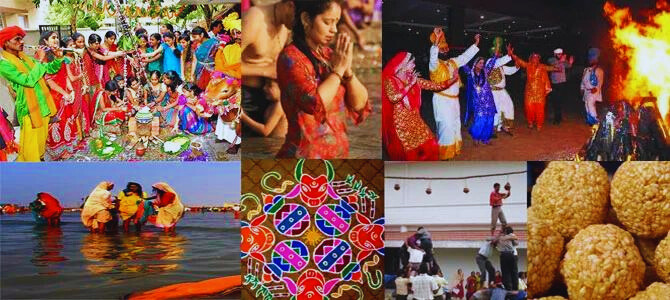
Makar Sankranti is celebrated across India with regional variations, marking the harvest season. Regional celebrations include:
- Uttarayan in Gujarat: Known for its vibrant kite-flying competitions, people celebrate by flying colorful kites and indulging in traditional foods like undhiyu and chikki.
- Suggi in Karnataka: In Karnataka, it is observed as Suggi, where people take an oil bath, offer prayers, and exchange ellu-bella, a mixture of sesame seeds and jaggery.
- Oriya communities: Celebrate by offering fresh fruits to Lord Surya, with specific rituals like ‘Uttarayana Jatra’ and ‘Uttarayan Vandapana’ for Lord Jagannath.
- Whole Bharat: Makar Sankranti is celebrated collectively across India, emphasizing unity and diversity, with diverse names and local customs.
Makar Sankranti in Other Cultures
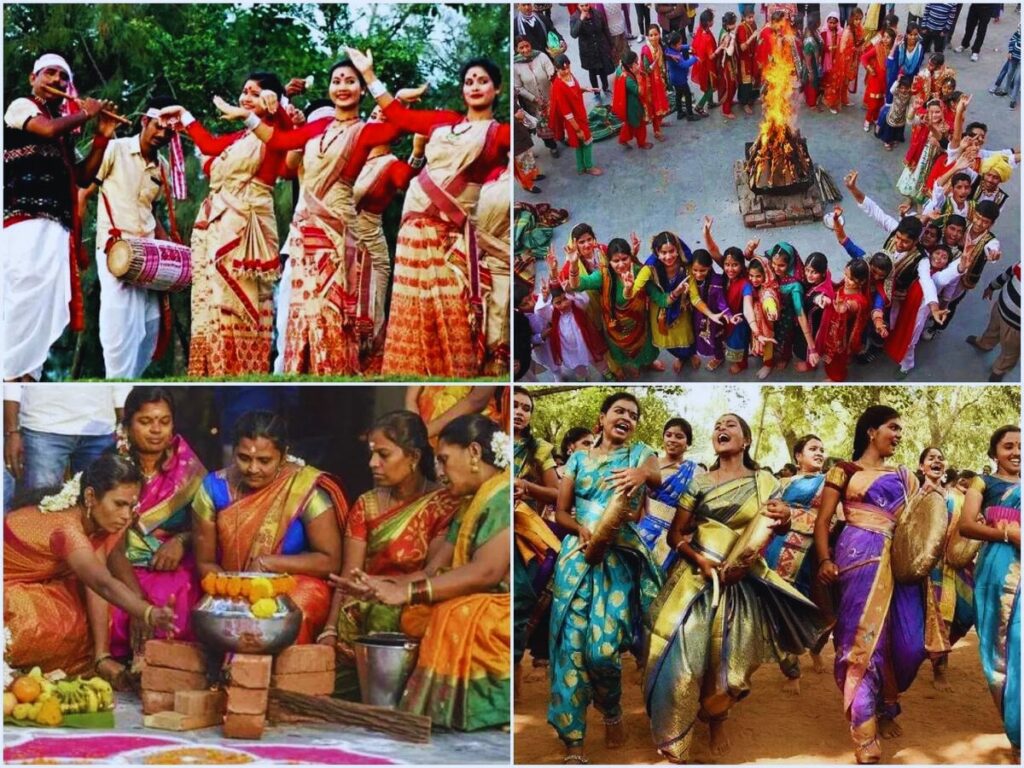
Makar Sankranti is primarily celebrated in various states of India, but the concept of celebrating the transition of the sun into Capricorn is not exclusive to India. Similar festivals are observed in other cultures:
- Pongal in Tamil Nadu: Celebrated concurrently with Makar Sankranti, Pongal is a harvest festival in Tamil Nadu, reflecting the spirit of gratitude for the harvest season.
- Lohri in Punjab: Celebrated on the same day as Makar Sankranti, Lohri in Punjab marks the end of winter and is celebrated with bonfires and traditional dance.
- International Kite Festival in Gujarat: While Gujarat celebrates Makar Sankranti, it is renowned for its International Kite Festival, attracting participants from around the world.
Weather Connection Makar Sankranti

Makar Sankranti, celebrated around mid-January, marks the transition of the sun into the zodiac sign of Capricorn (Makara). The festival has a unique astronomical significance tied to weather patterns:
- Zodiac Transition: “Makar” means Capricorn, and “Sankranti” denotes the sun’s transition. During this festival, the sun moves into Capricornus, symbolizing the end of winter and the onset of warmer days.
- Change of Seasons: It signifies the change of seasons, specifically the end of winter and the beginning of milder, warmer days. The festival holds cultural, religious, and agricultural significance.
- Weather Indicators: While the festival is associated with warmer days, temperatures may still fall below normal, indicating that winter is lingering. The countdown to spring often begins with Makar Sankranti.
Makar Sankranti and Mythology
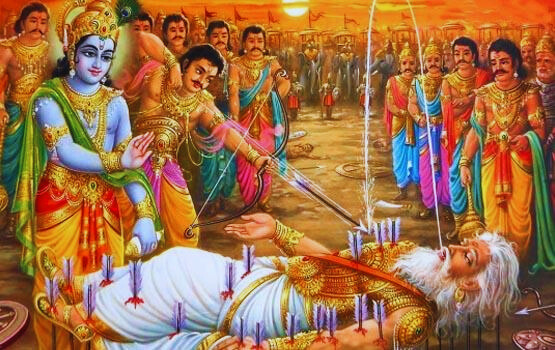
Makar Sankranti, celebrated on January 14, holds great significance in Hindu mythology. According to Hindu scriptures:
- Sun God Worship: Makar Sankranti honors the Sun God and marks the transition of the sun into the zodiac sign of Capricorn (Makara). This transition symbolizes longer and warmer days, indicating the end of winter and the onset of spring.
- Victory of Good Over Evil: Hindu mythology narrates that on this day, Lord Vishnu defeated demons by severing their heads, bringing an end to their terror. It signifies the victory of good over evil and the triumph of righteousness.
- Sacred Mythological Story: Makar Sankranti is associated with a sacred mythological story, making it the most auspicious day of the year. It represents positive beginnings and prosperity.
- Symbol of Positivity and Prosperity: Uttarayan, the period when the sun moves northwards, is considered a symbol of positivity and prosperity in Hindu scriptures. Makar Sankranti is observed annually during this lunar phenomenon.
Conclusion
As we bid adieu to winter and welcome the warmth of the sun, Makar Sankranti becomes a celebration of life, renewal, and interconnectedness. Its rich tapestry of traditions, stories, and rituals unites people in a shared cultural experience.
Read also: When Will Winter End in Delhi 2024
FAQs – Makar Sankranti
Q: Why is Makar Sankranti celebrated?
Makar Sankranti marks the transition of the sun into Capricorn, symbolizing the end of winter and the beginning of longer days.
Q: How do different states in India celebrate Makar Sankranti?
Each state has unique customs, from flying kites in Gujarat to taking holy dips in the Ganges in Uttar Pradesh.
Q: Are there specific foods associated with Makar Sankranti?
Yes, traditional sweets like tilgul and dishes made with freshly harvested crops are commonly prepared during the festival.
Q: Does Makar Sankranti have a global presence?
Yes, the festival is recognized and celebrated in various forms in different countries around the world.
Q: How does mythology contribute to the significance of Makar Sankranti?
Mythological stories associated with the festival add cultural depth and moral teachings to the celebration.
